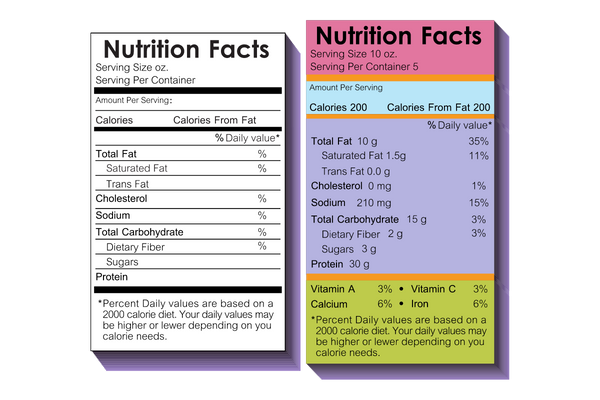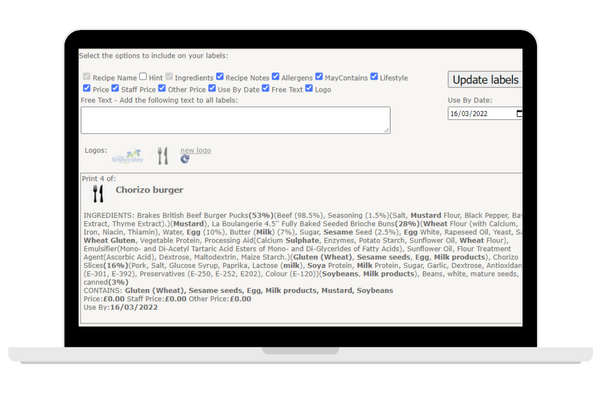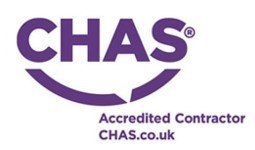As of 2022, the number of pupils in schools in England reached 9 million; an 88,000 increase from 2021, according to recent Government figures. What's more, 22.5% of pupils are eligible for free school meals (FSM) in 2022, up 20.8% from the previous year.
More pupils through the school doors combined with increased FSM eligibility means a greater reliance on hot school meals. Encouraging school meal uptake is a positive step toward providing pupils with daily warm, nutritious meals. However, the increased pupil numbers place more pressure on school caterers to create menus that appeal to diverse pupil tastes and preferences while accounting for evolving nutritional and allergen guidelines.
Considering these challenges, tackling menu design in an ever-changing, fast-paced world can be tricky for school caterers. But, with simple steps to improve menu planning and delivery, designing exciting, nutritious menus that cater to various preferences can become a simple and enjoyable experience.
Use online resources to improve menu design and planning
Tackling school menu design can seem overwhelming when considering some of the following factors:
- Allergen restrictions, including Natasha's Law regulations
- Dietary requirements
- Evolving nutritional regulations
- Pupil preferences
- Diverse cultural considerations
- Varying age groups
Schools must consider all these factors, some by law when planning school menus. Due to the fast-paced nature of school regulations and catering requirements, tackling menu design requires creativity when putting together meal plans which must tick an increasing number of boxes.
However, schools can help ease pressures on catering teams by providing handy online resources that guide caterers in planning varied and tasty menus and practical guides to meeting school food standards.
The UK Government offers numerous in-depth guides on planning menus in line with changing regulations:
- Preparing varied and tasty menus
- School food standards practical guide
- Checklist for headteachers
- Allergy guidance for schools
Natasha's Law: 1 year later
One year since Natasha's Law was implemented in October 2021, the education catering industry has seen a significant shift in how schools design and implement menus.
Following the tragic death of Natasha Ednan-Laperouse, who died after suffering an allergic reaction to a baguette bought from Pret a Manger, Natasha's Law was implemented to enforce stricter regulations on labelling for prepacked for direct sale (PPDS) food. These new rules protect those with allergens and give them greater confidence over food purchased.
For schools, Natasha's Law required clear labelling for pre-packaged food made on-site, such as sandwiches, pizza, breakfast pots, wraps, etc. Whilst specific allergen regulations were already in place in UK schools before Natasha's Law came into effect, rules for PPDS were not as strict.

A year after the extension of the allergen regulations, external and internal school caterers now face new challenges to ensure all PPDS food displays clear labels, highlighting any allergens present and safeguarding allergen sufferers when selecting PPDS items.
Nutmeg menu planning and nutritional analysis software for schools offer ways to simplify allergen labelling to ease the pressure on school caterers. In Nutmeg, schools can create compliant PPDS labels at the click of a button, with all labels updated in real-time through the recipe analysis feature.
In addition to allergen label printing, cycles of menus up to eight weeks can be saved and analysed for cost, nutritional components and frequency of dishes, providing evidence of nutritional standards met for menus planned and identifying allergens present in all food served.
Smart reporting: the future of school catering
To improve how schools design menus must start with reporting, using key insights and actionable data to drive better menu decisions.
Popular reports utilised by school catering teams include free school meal usage, sales report and meal transaction types, to name a few. These reports provide valuable information into meal purchasing trends, particularly best and worst-selling items. This information is useful when outlining menus to appeal to pupils with varying preferences and dietary requirements, using real-time data to support menu design choices.
But improving how caterers access reports is essential. In many cases, school reporting involves manually logging into the relevant school system to access the data and, in most cases, sifting through the information to gather valuable insights.
With increasing demands on school catering teams to design and deliver menus which meet an extensive list of requirements, offering flexible ways to access data can save significant admin time and costs.
Improving how schools process this type of data happens through automation, with reports instantly accessible to the relevant team members at specific times of the day/week/month whilst eliminating confusion about what each report means and how to utilise the data.
In Fusion cashless, standard reports, or 'smart' reports, provide school caterers with all the relevant data in one place with an explanation of each report's meaning. Accessing this data can only be useful if staff can process the reports. Therefore, the 'smart' reporting feature in Fusion cashless offers a simple way for schools to drill down into data more efficiently and provide specific reporting data to relevant staff members.
Creating and designing menus can be time-consuming when factoring in extensive considerations. To minimise the excessive manual processes involved in gathering and analysing reports, schools can set up scheduled email alerts in Fusion.
The scheduled email alerts function sends automatic reports directly to the relevant staff member's inbox at a specific time to suit the individual, whether daily, weekly or monthly. For example, catering managers can receive an email every Friday at 9am with the free school meal usage report, identifying the uptake of free school meals from the week.
Making menu design a straightforward experience
Despite the increasing challenges schools and catering teams face when planning and implementing menus that appeal to various requirements and preferences, utilising handy resources and flexible software solutions is the first step to effectively tackling menu design in the fast-paced education environment.
Want to learn more about Nutmeg nutritional analysis software?






















